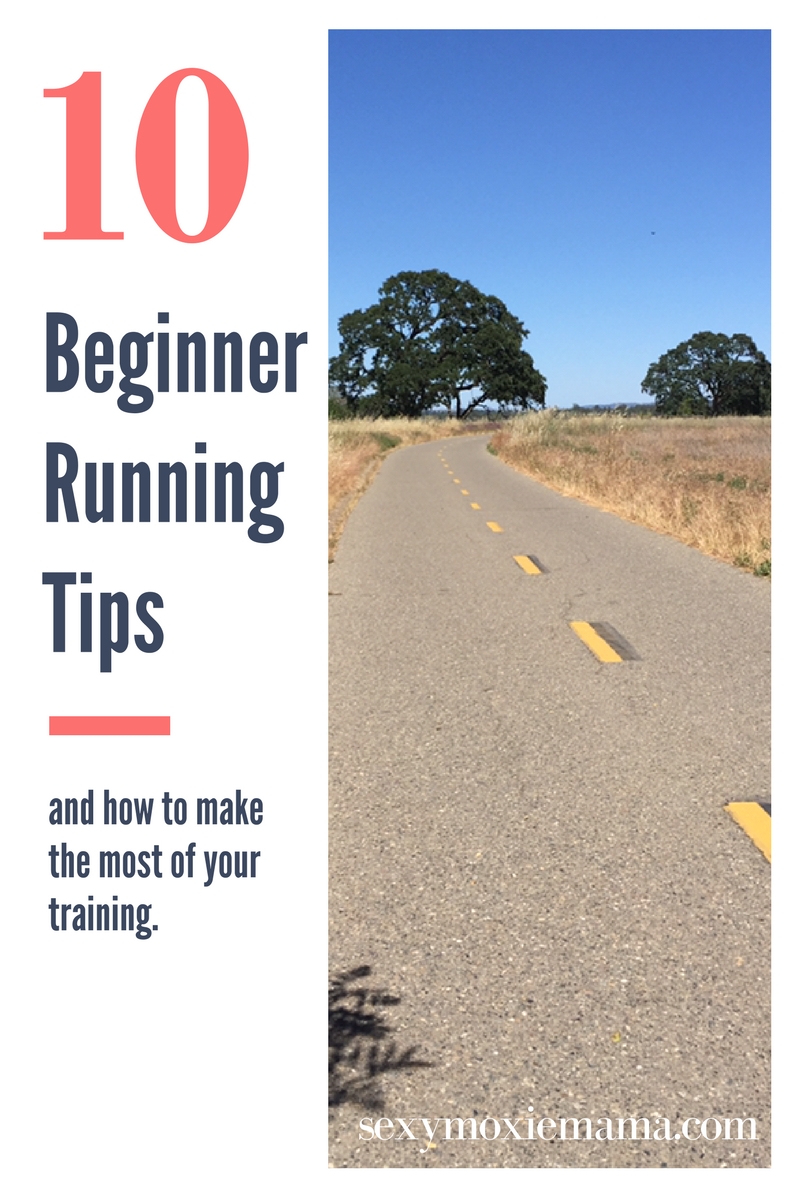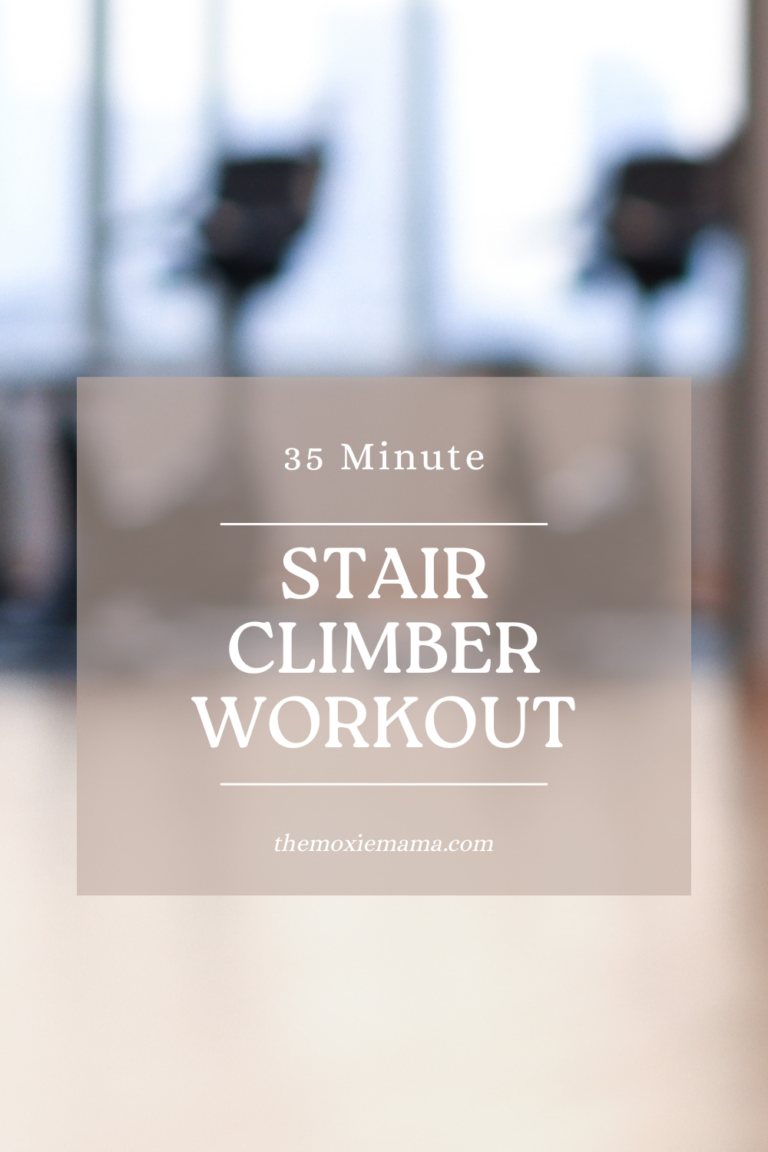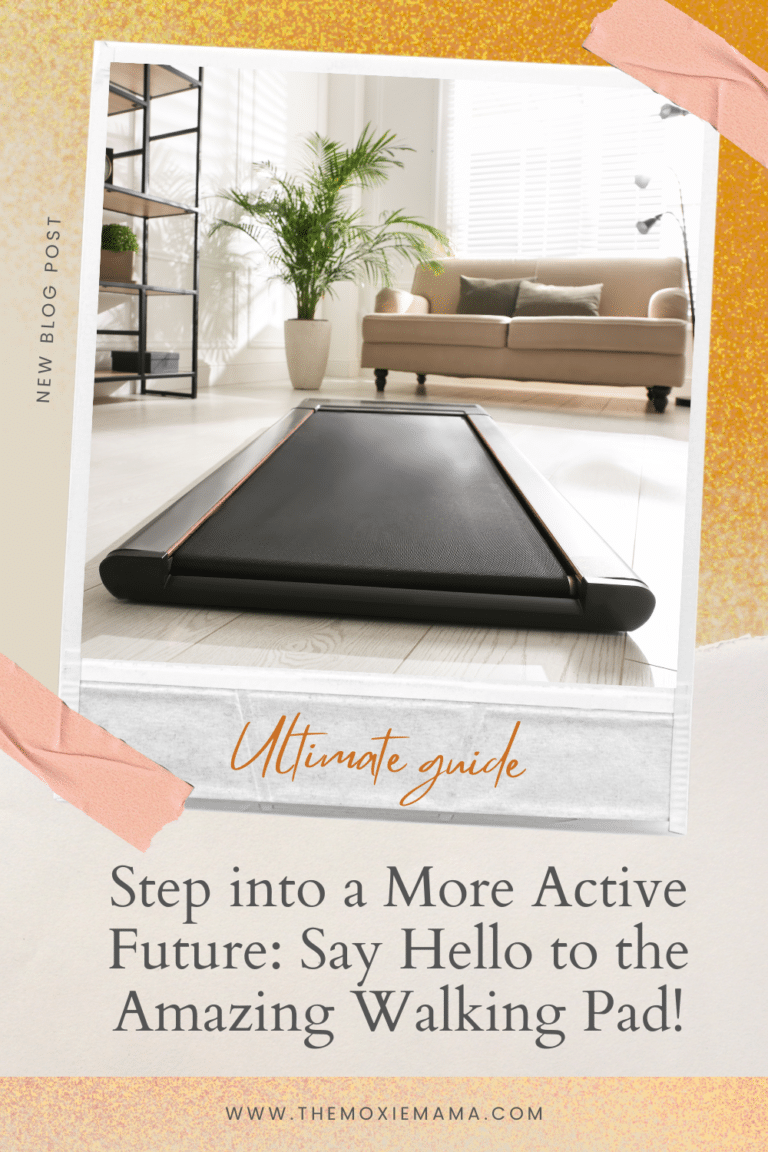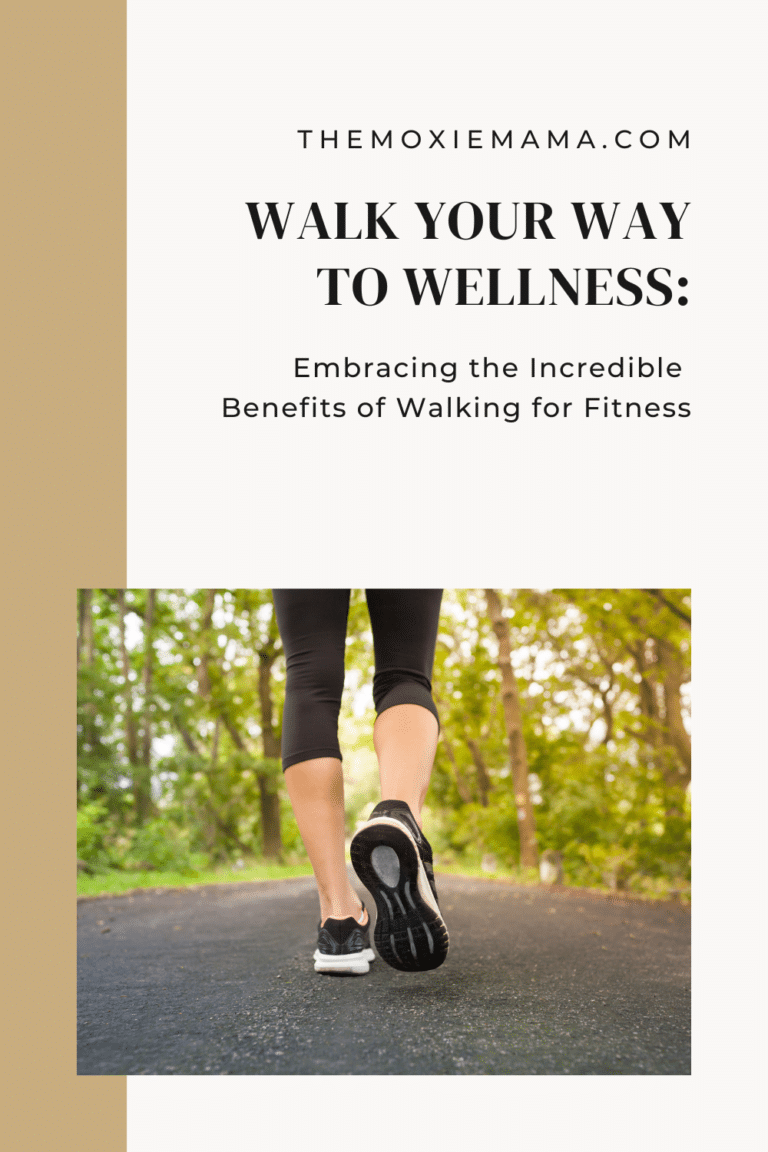If you’re a beginner or overweight and serious about weight loss, then you might consider implementing running into your life. Running is a great form of exercise to lose weight because it burns a ton of calories per session, helping to create a caloric deficit to help you lose weight.
Start running to lose weight by following a suitable beginner training program. I developed my beginners running plan based on my experience with starting to run a few months ago. After I finished training for and walking in the Avon 39 in July, I decided that I wanted to run a Disney Half Marathon for charity. The only problem was, I wasn’t a runner. But, I knew that I had the endurance from walking 39.3 miles in the Avon 39. I also knew that I had time (at least 24 weeks based on the date for a half marathon scheduled in January).
My running program is a combination of a few programs that I have come across. During training, I have learned that small, gradual increases in effort, rest, and applying easy interval training methods are the key to getting into a consistent running routine that increases my cardiovascular fitness, endurance, and maximum weight loss potential.
If you are serious about increasing your fitness and losing weight, plan on attempting to run three to four times a week comfortably. Below are a few tips to get you started.
- Start Walking. While you have the motivation to begin, go out and get moving. Regardless of your weight or fitness level, you’re likely to go out and walk quickly. This can be accomplished today without any special equipment. Just walk out of your front door, pick a route, and begin walking for about 20-30 minutes if you can. Remember to swing your arms, keep your stride long, and walk at a pace where you are breathing hard but not breathless. Congratulations, you just completed workout number 1.
- Invest in good running shoes. Specialty running shoes are much better than basic athletic shoes or fashion cross trainers. These shoes can compensate for any imbalances you may have in your feet or arches and can deliver additional cushioning to reduce the impact on your joints and tendons.
- Choose a training program. A good beginners training program will slowly take you from brisk walking to continuous running over the course in about ten weeks. Some of the best running programs, like the Couch to 5k program, uses a variety of walking and running called interval training. Over several weeks, interval training can gently increase your fitness levels to a point where continuous running is possible and comfortable.
- Take it easy. One of the most important things you can do with your running program is to keep it up. You’re more likely to continue with it if it is enjoyable and you don’t exhaust yourself with training sessions that are overly tiring. Stay within your limits even if it means you have to repeat a training week.
- Go slow. In the early weeks of running, speed isn’t important. There will be plenty of time to increase speed later. Even if you feel you’re only running a little faster than your walking speed, don’t worry. Keeping your speed slow means you’re less likely to overexert yourself and decrease the chance of an injury.
- Don’t get breathless. Listen to your body and decrease your speed (pace), or walk if you feel yourself getting out of breath. If you do get out of breath, keep moving, even if it’s slow so that you actively recover.
- Stay hydrated. Dehydration can negatively affect your performance and recovery. Hydrate before, during, and after your running sessions. Drink an electrolyte replacement like Nuun Hydrating Electrolyte Tablets if you are running long distances, it is hot outside, or you tend to sweat a lot. Electrolytes help you to replenish electrolytes you lose through sweat.
- Stretch it out. Get into the habit of stretching your leg muscles after each session and on your cross-training days. Stretching will help you to stay flexible, decrease stiffness, and increase the range of motion in key running joints like the hips, knees, and ankles.
- Cross-train. While injury prevention is the most commonly appreciated benefit of cross-training with runners, it’s not the only one. You can also use cross-training to recover from injuries, improve your fitness, encourage healthy recovery, boost your motivation, and invigorate your mind and body during breaks from training. Supplement your running with at least two days of cross-training activities that include strength, flexibility, and endurance cross-training. Great cross training activities include weightlifting, elliptical, bicycling, swimming, and yoga, to name a few.
- Rest. Running can make you strong and fit but you need to take at one to two rest days a week. Don’t skip your rest days because your body needs them to recover, build cardiovascular and physical strength, and decrease your risks to overuse injury.




